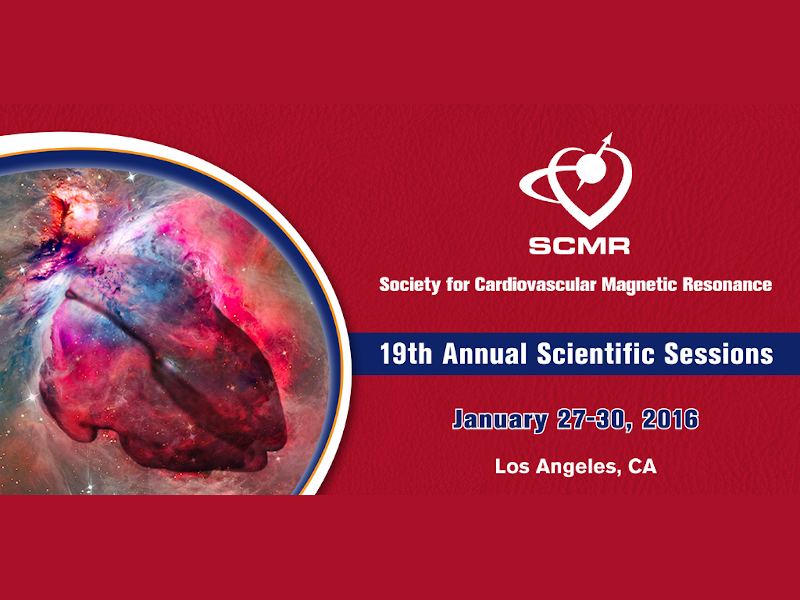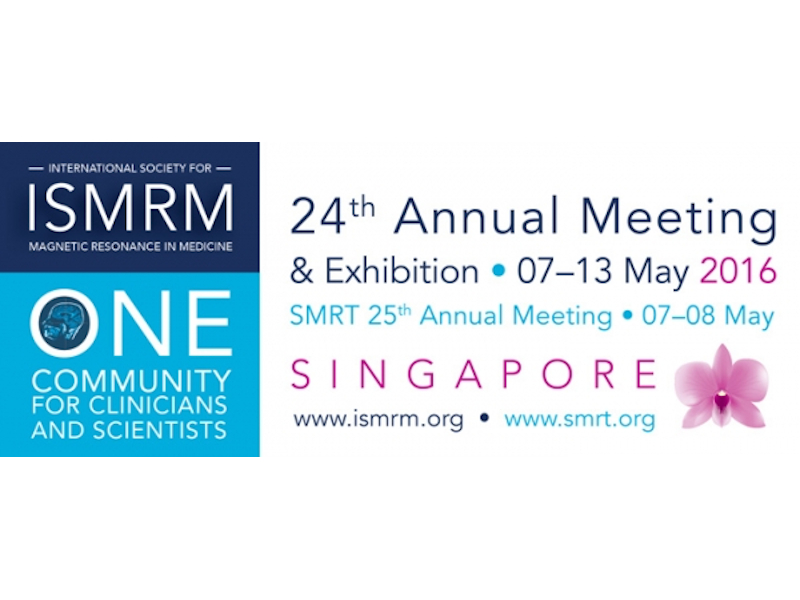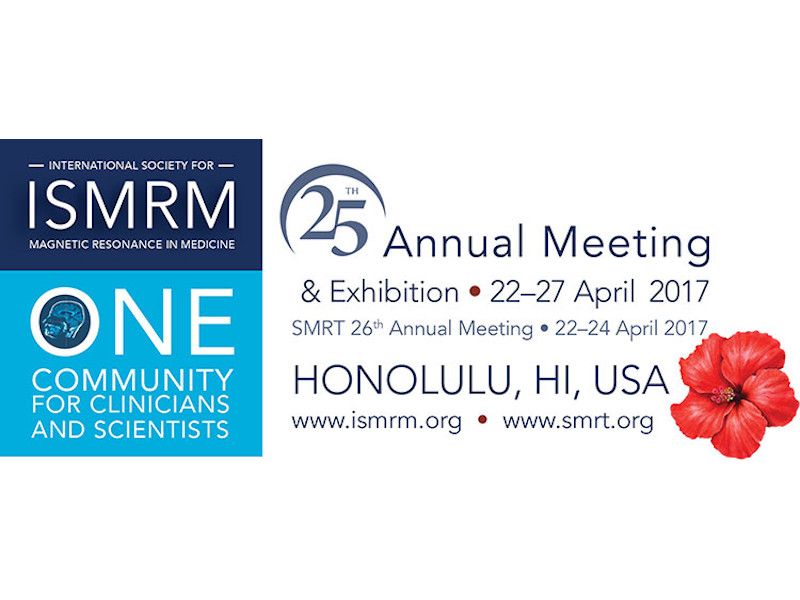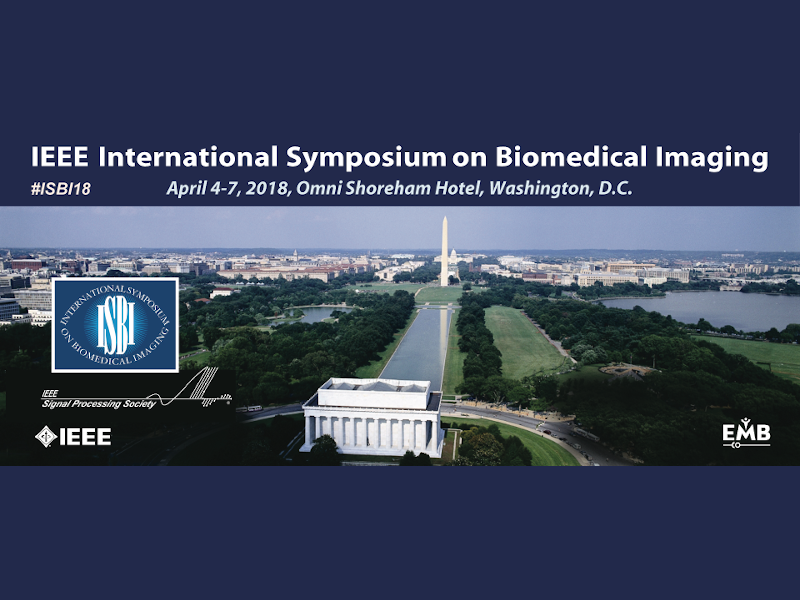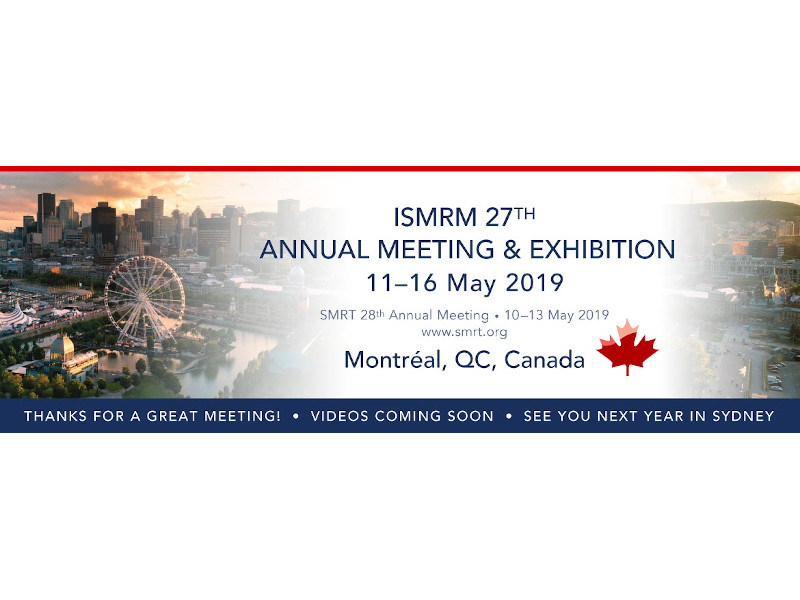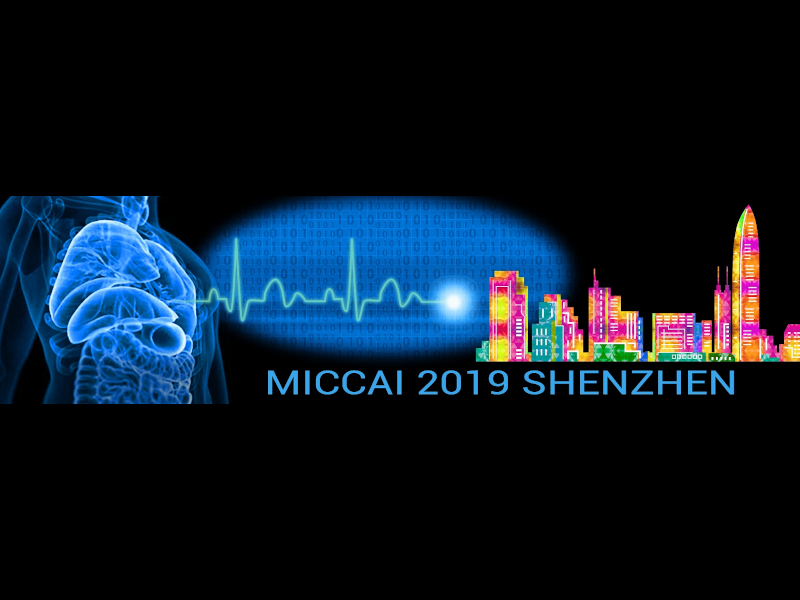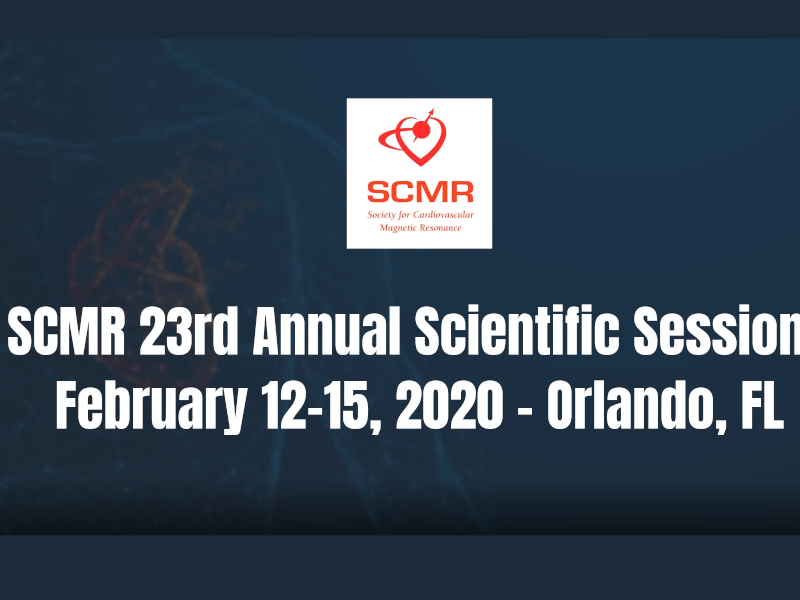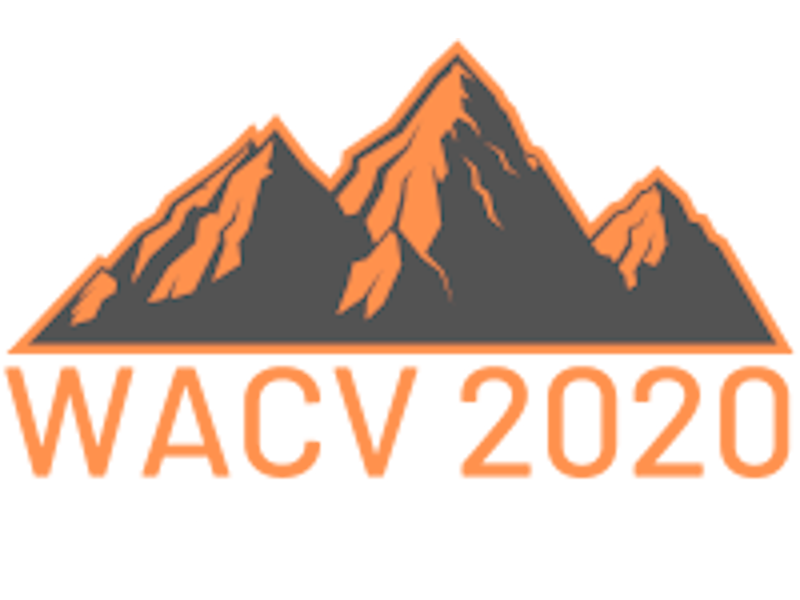About Me
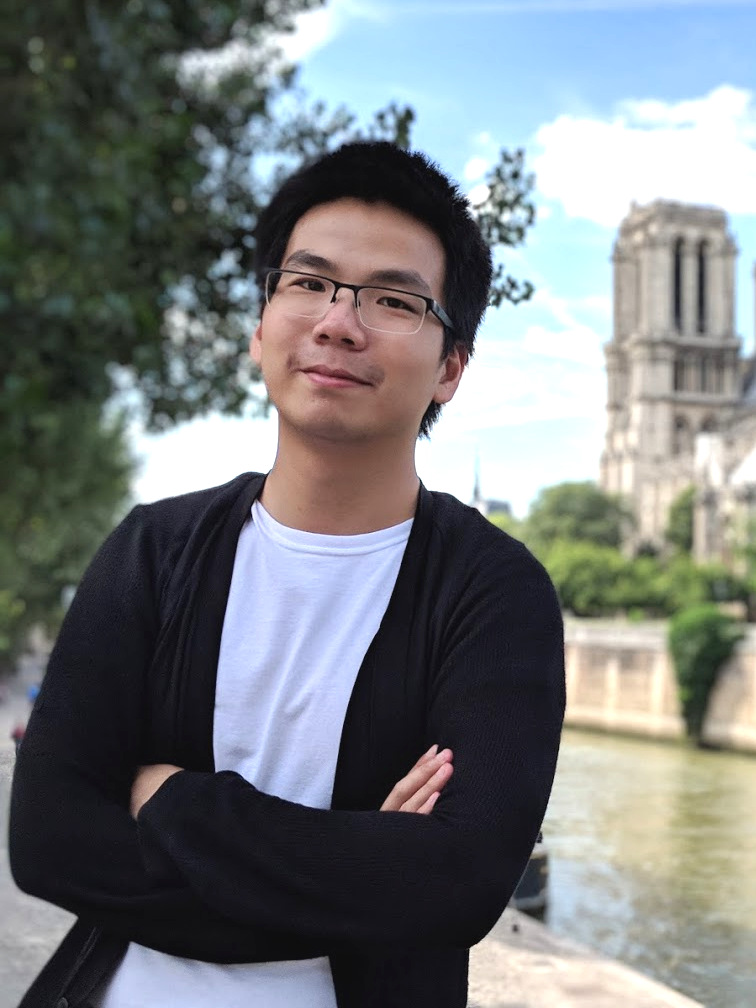
- Name: Yuhua (Bill) Chen
- Company:
Q Bio, Inc (Q.bio) - Graduate University:
University of California, Los Angeles (UCLA)
University of Pennsylvania (UPenn) - Address:
1411 Industrial Rd
San Carlos, CA 94070 - Email: contact [at] yuhuachen [dot] com
Bio
I am a Staff Machine Learning Engineer and AI Research Lead at Q.bio, where I lead the development of cutting-edge AI solutions for medical imaging and healthcare applications. My focus is on creating advanced generative AI models and scalable multi-modal systems that push the boundaries of healthcare technology.
My research spans across generative AI models, particularly in the areas of 3D MRI super-resolution, image enhancement, and workflow automation. I specialize in image generation models such as Variational Autoencoders (VAE), Generative Adversarial Networks (GAN), and Diffusion Models, as well as transformer-based multi-modal large language models (LLMs).
I have authored numerous peer-reviewed papers, including the mDCSRN network, accumulating over 1,000 citations. My work has been featured in top-tier conferences and journals such as MICCAI, ISMRM, and IEEE. I also hold multiple patents in the fields of medical imaging and deep learning, showcasing my contributions to advancing AI technology.
Prior to Q.bio, I interned at Nvidia as a Research Scientist, where I developed novel deep learning algorithms for medical image segmentation under the supervision of Dr. Daguang Xu.
Academically, I hold a Ph.D. in Bioengineering from UCLA, where I was supervised by Dr. Debiao Li, Director of the Biomedical Imaging Research Institute (BIRI) at Cedars-Sinai Medical Center. My doctoral research focused on developing novel AI methods for enhancing medical imaging.
Additionally, I hold dual Master's degrees in Bioengineering and Computer & Information Technology from the University of Pennsylvania (UPenn). I have also interned at VoxelCloud, Philips Research, and the Martinos Center for Biomedical Imaging at MGH/Harvard-MIT, working with leaders in AI and medical imaging.
You can learn more about my research and explore my publications.
Who I Am
I am deeply passionate about developing innovative AI models, particularly in the field of generative AI, to tackle complex medical imaging challenges. As an expert in 3D generative models, large-scale deep learning frameworks, and multi-modal large language models (LLMs), I have driven significant advancements in MRI reconstruction, segmentation, and workflow automation. My focus is on technical rigor and scalability, ensuring that AI solutions not only push technological boundaries but also deliver tangible improvements in real-world applications.
As a researcher, developer, and technology enthusiast, I constantly seek out uncharted territories to explore. I have a strong ability to identify areas for improvement, propose innovative solutions, and quickly implement them into prototypes, iterating to enhance performance. I thrive on solving challenging engineering problems using the latest AI techniques. I firmly believe that AI has the potential to revolutionize industries beyond healthcare, enhancing efficiency, reducing costs, and automating repetitive tasks. My ultimate goal is to ensure that AI becomes a genuinely valuable tool for humanity—not just a buzzword.
I excel in cross-functional team environments, collaborating closely with engineers, scientists, and clinicians to develop AI solutions tailored to the needs of the medical community. With strong communication skills, I effectively convey complex AI concepts to non-technical stakeholders, driving projects forward with clear objectives and measurable milestones. My diverse experience in both academia and industry gives me a unique perspective on AI research and development, allowing me to bridge the gap between cutting-edge innovation and practical, real-world applications.
Outside of my professional life, I am an avid runner. Over the past four years, I have participated in several marathon races, recently achieving a personal best of 3:25 at the California International Marathon (CIM). I am currently training to qualify for the Boston Marathon. Running, like research, requires persistence, discipline, and resilience. I apply data-driven approaches to improve my training, and I believe the spirit of marathon running mirrors the spirit of research—both demand dedication, hard work, and an unwavering commitment to improvement.
What I Do
I develop AI systems from the ground up, layer by layer with Pytorch, focusing on real-world applications in medical imaging. My hands-on work includes:
- Auto-localizer for MRI Scanners: Developed an auto-alignment system for FOV (Field of View) that optimizes MRI scanning efficiency.
- Vision Foundation Models: Built scalable models for multi-scale super-resolution, contrast-agnostic segmentation, LLM-encoded meta-information, and conditional image synthesis.
- Multimodal LLMs: Created models capable of integrating multiple data sources to perform downstream tasks like object detection, referenced segmentation, and contextual description, and boosting performance of the image generation models.
- Physics-Based Image Reconstruction: Engineered a hybrid system combining deep learning with physics-based models for faster, more accurate medical imaging.
- Domain Adaptation Models: Built unsupervised and weakly-supervised models for segmentation, allowing robust performance across diverse imaging domains.
- Scalable Infrastructure: Led the design and deployment of training platforms and inference microservices to ensure seamless scalability and integration into healthcare environments.
This work has transformed MRI reconstruction and diagnostic processes, ensuring scalability and efficiency while maintaining high accuracy in real-world medical settings.
- Multi-modal Foundation Models
- Generative AI Development
- Deep Learning Research and Applications
- Image Generation and Enhancement
- Object Detection and Segmentation
- Large Language Models (LLMs)
- Distributed Systems and Scalability
- Strategic AI Planning and Roadmap Design
 View my Google Scholar profile
View my Google Scholar profile



